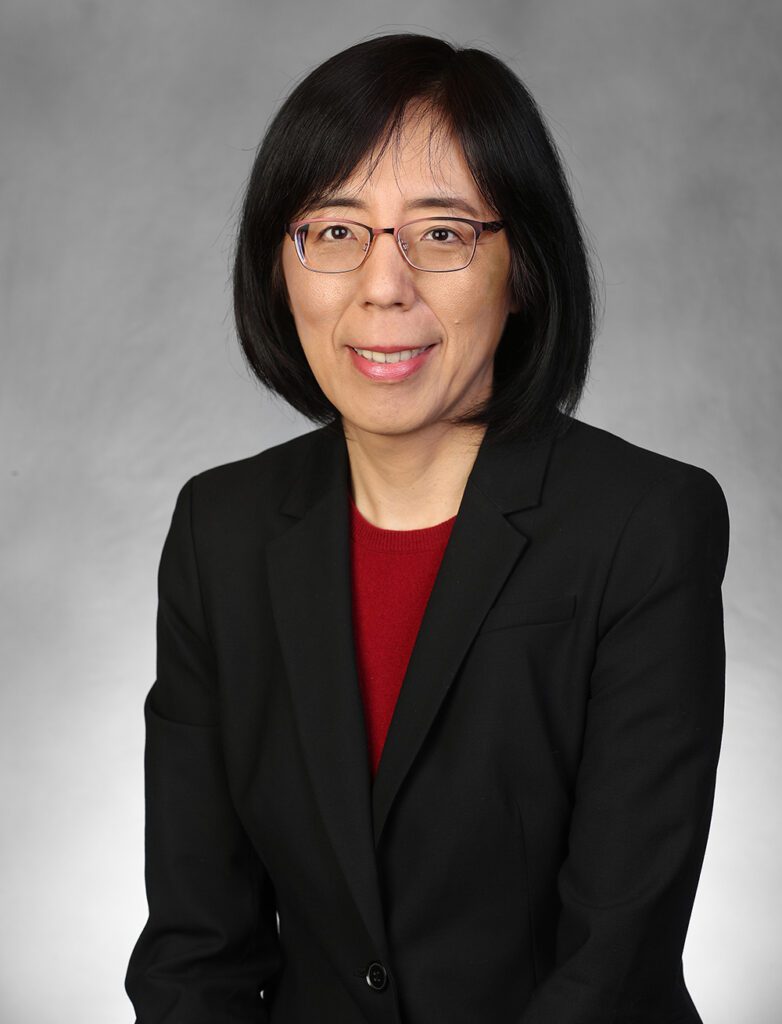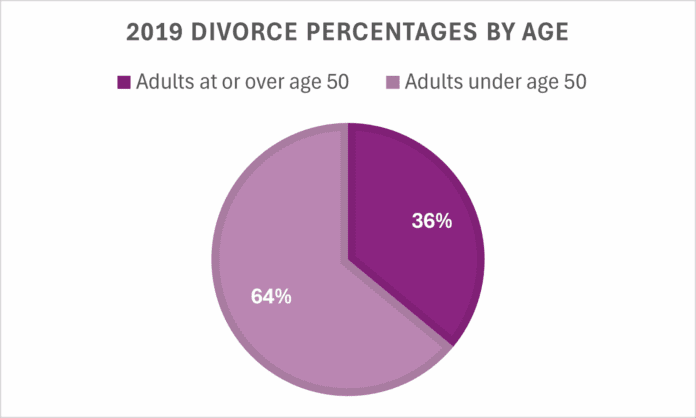BOWLING GREEN – Despite contrary perceptions, research increasingly shows that divorce of couples at or over age 50 has risen significantly, despite overall divorce rates decreasing in the U.S.
This phenomenon is called gray divorce, something studied by Bowling Green State University (BGSU) professors Susan Brown and I-Fen Lin.
While the phrase was coined locally by the two researchers, it is now nationally used by prominent sources such as Psychology Today, USA Today and Forbes.
Brown and Lin began researching gray divorce in 2010 after a conversation about the divorce of Al and Tipper Gore made them wonder, “What makes people get divorced after 40 years of marriage?”
They didn’t expect to discover this was not as uncommon as they’d previously thought.
What started as a hallway conversation soon became a 15-year research project that is still ongoing.


“The divorce rate overall for the entire adult population of the United States has been declining, so it peaked in 1979,” Brown said. “We were really shocked to find out that it was actually increasing for older people and that it doubled between 1990 and 2010.”
Lin explained that gray divorce research can give context to how it will affect divorcées, particularly women.
“Our research findings have very important implications. We find that [with] the economic well-being after gray divorce, there’s a big drop for women but there’s a smaller decrease for men’s well-being,” Lin said. “People who experience gray divorce, they experience economic decline, and they don’t really have a lot of work years to recuperate.”
Brown pointed out that a factor of this recuperation has to do with the accumulation of wealth and assets to split, including Social Security money.
“Somebody who’s 60 or 65 years old and getting divorced…it’s very different than if you’re getting divorced when you’re 30 or 35,” Brown said. “When you’re young, you’ve got your whole adult life course ahead of you to make up for those financial losses…Whereas by the time you get into later life, people have had decades to accumulate assets.”
“We found that we can follow people for up to a decade after their gray divorce and they still haven’t recovered economically,” Brown said.
According to Brown, their research could influence policy decisions related to these economic issues.
“Your marital experiences during adulthood are related to your poverty status as an older adult. We think of Social Security as something that’s going to lift you out of poverty. But for a lot of older people, it’s sustaining them in poverty, and that’s particularly true for a gray divorced woman. 27 percent of them are living below the poverty line, even though they’re receiving Social Security,” Brown said.

Brown said some of the problems that arise for people who have experienced gray divorce are because of the assumptions made by those who created the system; firstly, that people wouldn’t divorce, and secondly, that a traditional nuclear family would remain a social norm.
“We’ve set our systems with these assumptions about what types of family support most people would have,” Brown said.
All these factors beg the question, why would someone get a gray divorce?
Along with more acceptance of divorce is our changing expectations of what constitutes a good marriage. It’s more about thinking about marriage from an individualized perspective. What is this marriage doing for me? Am I happy in this marriage? Am I fulfilled in this? And if I’m not, then getting divorced is acceptable.
Susan Brown | BGSU professor
Gray divorce can’t be attributed just to one factor, however.
In later life, there are questions of who will be caregivers of the old. Brown said some spouses do not want to be caregivers, a factor that may lead to gray divorce increase.
Lin said increased lifespan may be another reason.
Despite all these reasons, Lin and Brown suspect the gray divorce trend is generation-specific.
“Susan and I still keep track of this gray divorce rate for the next few years to see the trend. But we suspect it’s more likely a baby boomer phenomenon,” Lin said.
In addition to divorce being more socially acceptable, so are other non-marriage options such as cohabitation.
Lin said gray divorce may not be as prevalent in the newer generations because they choose options alternative to marriage.
More information about Brown and Lin’s research can be found here.





















